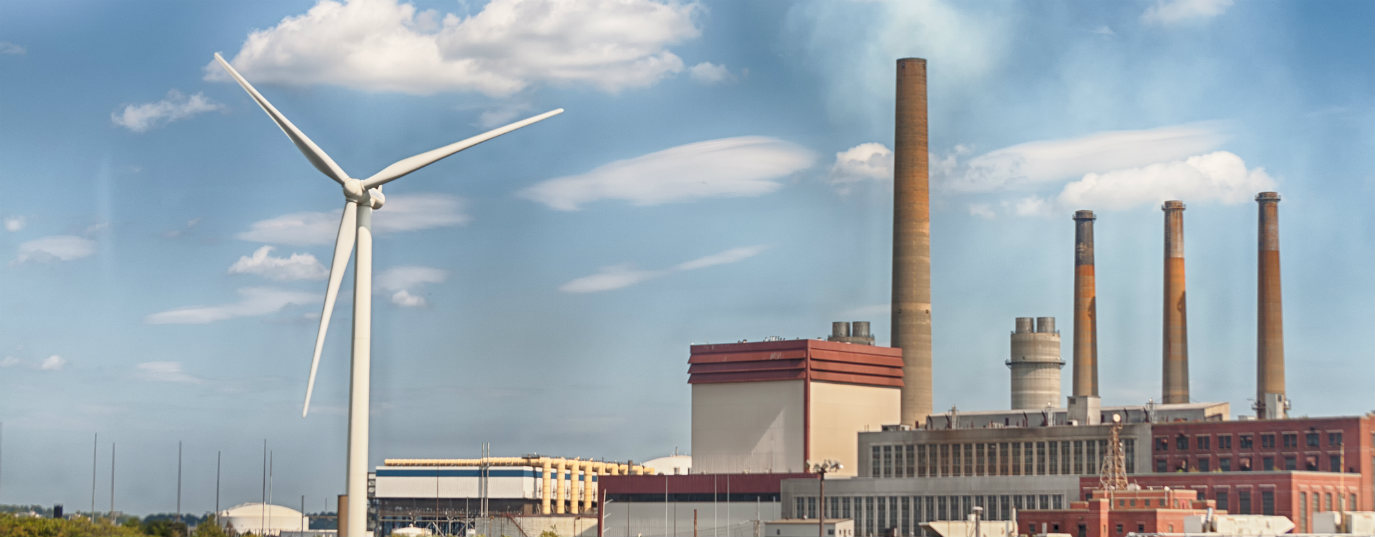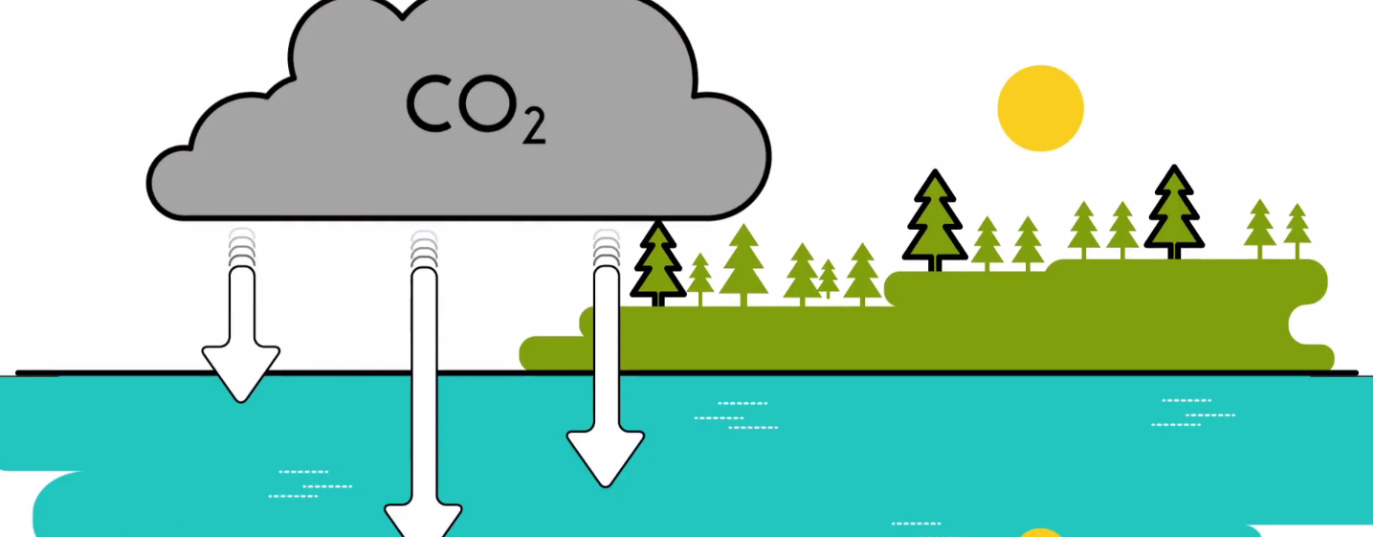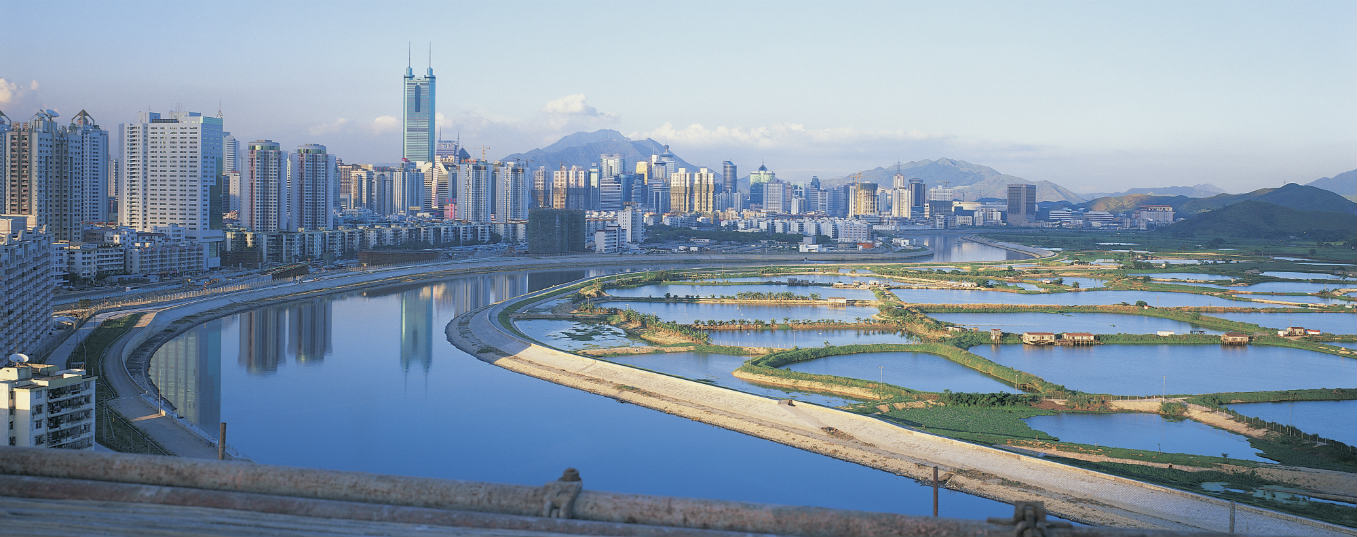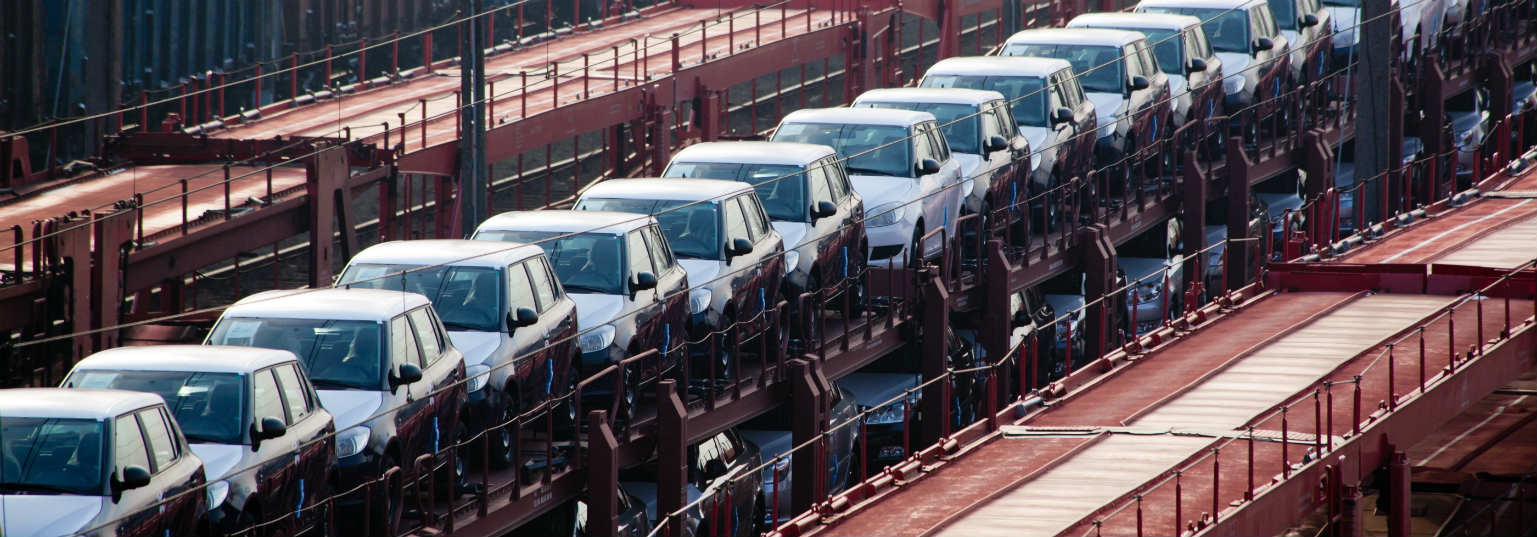The carbon footprint of everyday objects
Did you know that making a 1 kg hard cheese generates 12 kg of CO2?Did you know that making a 1 kg hard cheese generates 12 kg of CO2*? Inconceivable, right? All the objects and many of our everyday activities generate more CO2 than we had thought and this is why we have to start thinking beyond mere appearance to ask ourselves where those objects come from and how they get to use or what effect our daily activities have.
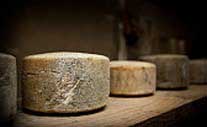 Curiously, 1kg of hard cheese, apparently 'innocent' in terms of carbon footprint, generates such a large amount of CO2 especially because it comes from cow's milk and let's not forget that livestock farming is one of the largest emitters of GHG (Greenhouse Gases) today since the methane gas it also emits in large quantities is 23 times more potent than CO2. In total, 1 kg of cheese generate the same amount of CO2 as a car travelling for 6 km or the same as producing 12 kg of carrots. Solutions? Choose a softer cheese made with less milk and always buy what we will use, without excess.
Curiously, 1kg of hard cheese, apparently 'innocent' in terms of carbon footprint, generates such a large amount of CO2 especially because it comes from cow's milk and let's not forget that livestock farming is one of the largest emitters of GHG (Greenhouse Gases) today since the methane gas it also emits in large quantities is 23 times more potent than CO2. In total, 1 kg of cheese generate the same amount of CO2 as a car travelling for 6 km or the same as producing 12 kg of carrots. Solutions? Choose a softer cheese made with less milk and always buy what we will use, without excess.
For another completely everyday object, such as a mobile phone, just two minutes' daily use produces 47 kg of CO2 per year and an hour a day could produce the scandalous figure of 1,250 kg per year. If we take into account that there were 6 billion mobile telephones around the globe in 2012, and that 7 billion are forecast for 2013, it is clear that we need to reduce how we use them. Curiously, texting creates less CO2 than a voice call.
Bearing in mind that practically everything we use, eat and do throughout the day produces CO2 with the subsequent impact on the atmosphere and planet, the first and most urgent solution is undoubtedly cutting back on consumption. In some instances, such as cheese, you can choose the aforementioned solution or opt for a cheese from animals that produce lower GHG emission (such as goats for example), but the saying is always self-fulfilling: the more we consume, the more of the planet's resources we use, the more movement in production and distribution we generate, with the subsequent rise in CO2 emission figures. Cut back, cut back and cut back again, and think twice about the alternatives to everything we purchase and to the activities we are used to. This is currently the key we have closest at hand and the simplest way to limit our carbon footprint on the planet.
We inform you from time-to-time on the everyday activities and objects that surround us and how these contribute to a greater or lesser extent to the carbon footprint we leave on the planet so that together we can implement a shift in attitudes and awareness that helps us build a more sustainable world.
*CO2 production figures source: Book ‘How Bad are Bananas? The Carbon Footprint of Everything.’Mike Berners Lee. Profile Books.



